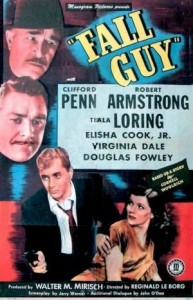 One of the strengths of the TCM Classic Film Festival is that you can watch timeless favorites on the big screen and discover rare gems that are difficult to see elsewhere.
One of the strengths of the TCM Classic Film Festival is that you can watch timeless favorites on the big screen and discover rare gems that are difficult to see elsewhere.
That was the case with 1947’s “Fall Guy,” a little-known film noir whose world premiere restoration screened on Saturday morning. It’s a wonderful example of a low-budget B-movie that tackled dark topics, such as drug use and the struggle of World War II vets to readjust to civilian life.
Jerry Warner’s script is adapted from “Cocaine,” a short story by pulp-fiction master Cornell Woolrich. The action in “Fall Guy” revolves around a disaffected ex-soldier named Tom (Leo Penn, Sean’s dad, credited as Clifford Penn) who wakes up one morning with a hell of a hangover, bloodstains on his clothes and little memory of the night before. He doesn’t remember killing anyone but in his drug-addled state, anything’s possible.
Helping him piece together his fragmented recollections are his girlfriend Lois (Rita Hayworth-lookalike Teala Loring) and his brother-in-law, a tough cop named Mac (Robert Armstrong, of “King Kong” fame.) Elisha Cook Jr. and Virginia Dale spur his downward spiral; Iris Adrian is memorable as the brassy party girl.
In 2012, the rough and ready production values and pat story make “Fall Guy” a bit dated, it’s true. What’s fascinating about this release from Monogram Pictures, a quintessential Poverty Row studio, is the fact that because the budget was so limited, director Reginald Le Borg and the script could fly under the radar, exploring risqué and unsettling subject matter.
The censors still had their say, of course, and by today’s standards, the storyline is tame, but the creators of “Fall Guy” had a certain freedom and flexibility not found at glossy, high-end studios like MGM.
And though Monogram was small, it was smart about cross-branding. The studio’s 1946 noir classic “Decoy” is playing on a movie marquee in “Fall Guy.”
At Saturday’s screening, the film’s producer Walter Mirisch, now 90, talked with author Foster Hirsch. Mirisch offered an apology, noting that “Fall Guy” was the first film he produced and that he was still learning at the time, but the audience still gave the movie enthusiastic applause. Mirisch (and brothers Harold and Marvin) went on to produce “The Magnificent Seven,” “West Side Story,” “The Great Escape,” “The Pink Panther” and “In the Heat of the Night,” among many others.
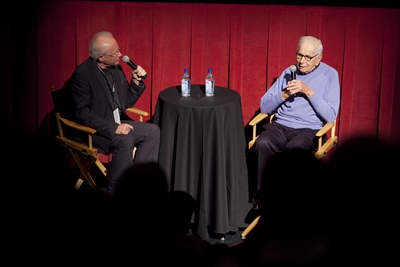





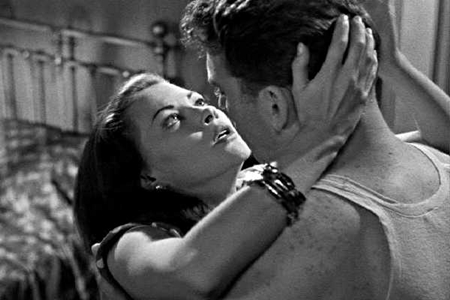
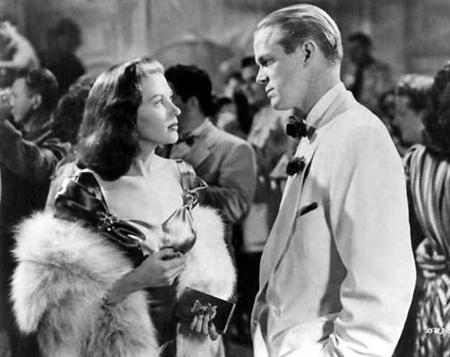
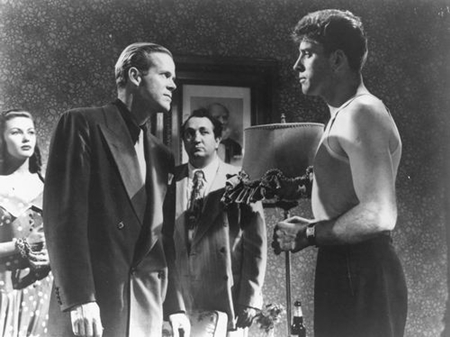
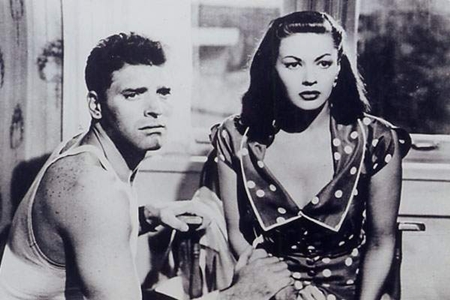
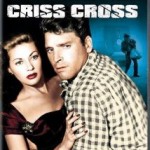
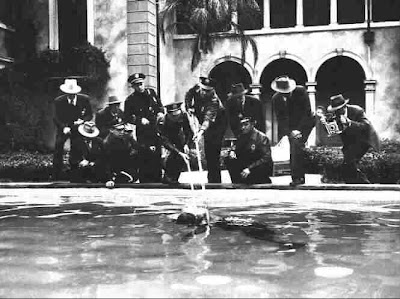
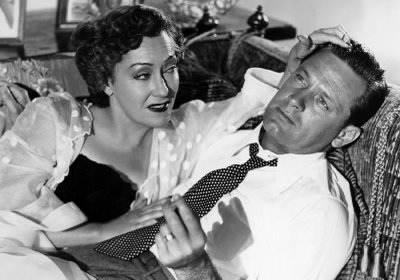
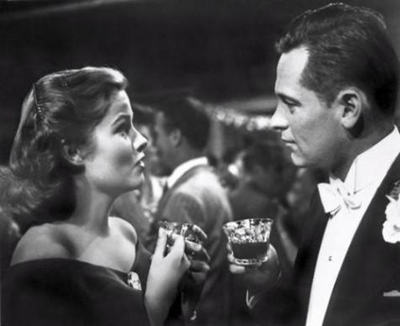
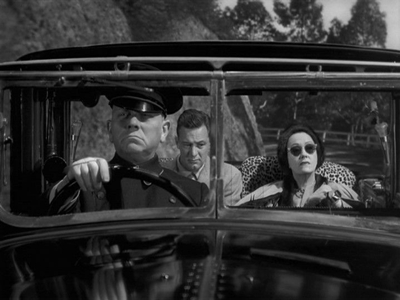
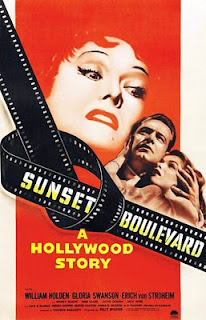
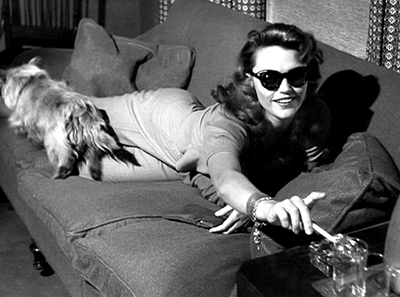
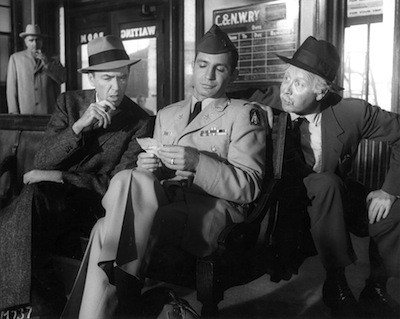
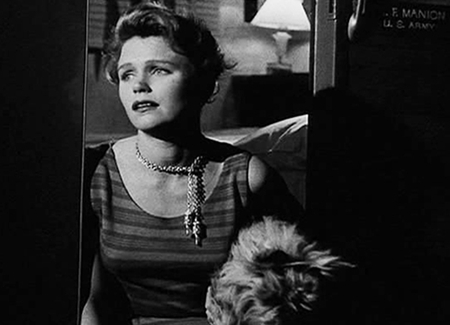
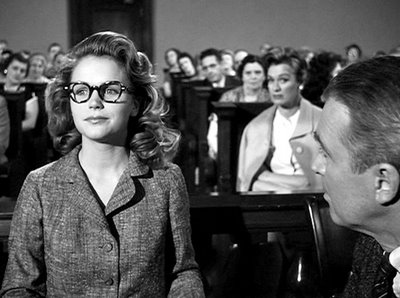
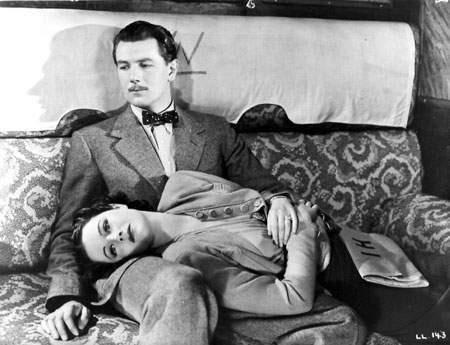
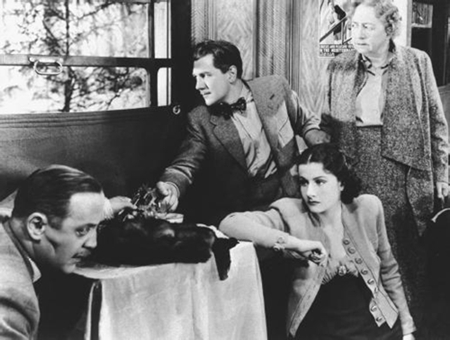
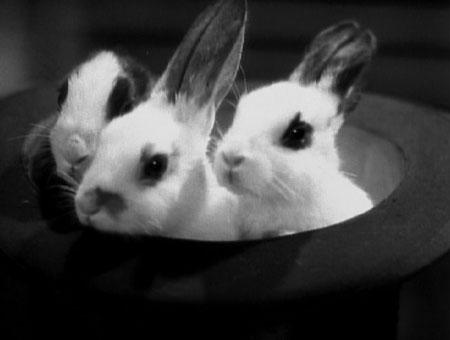

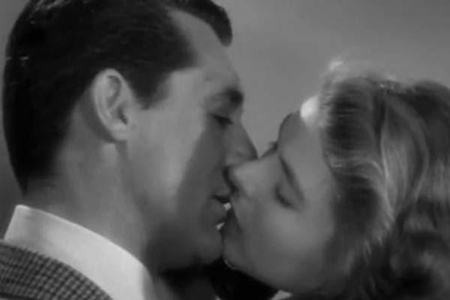
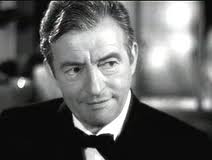
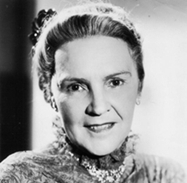
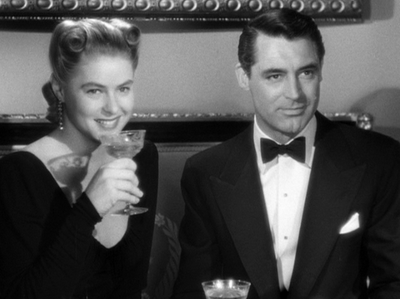
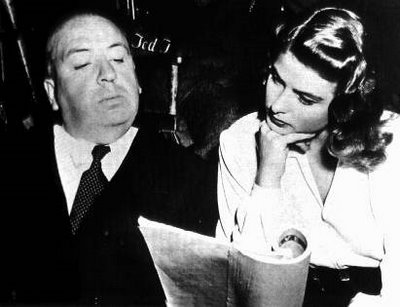
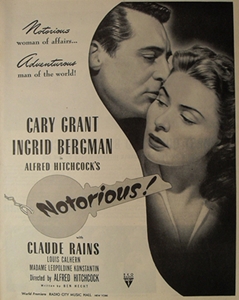





From FNB readers